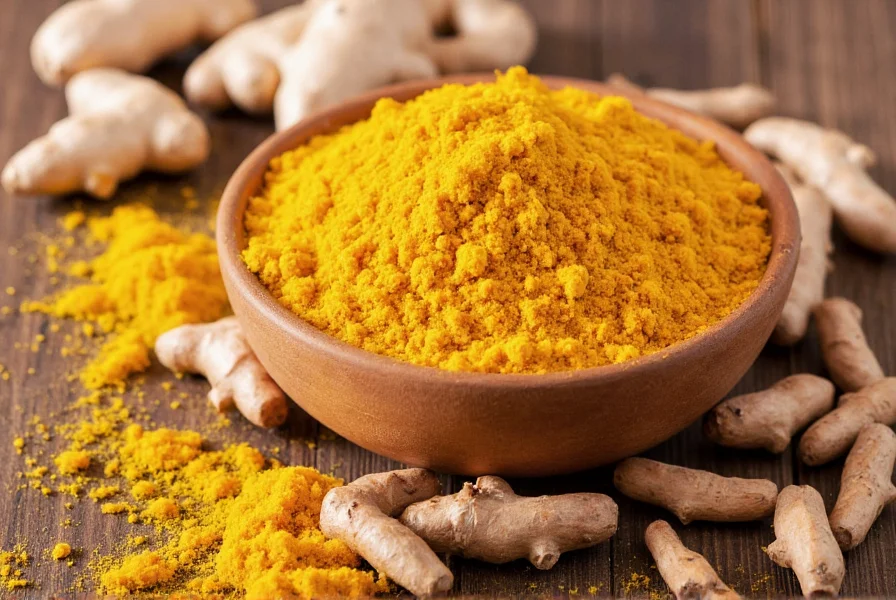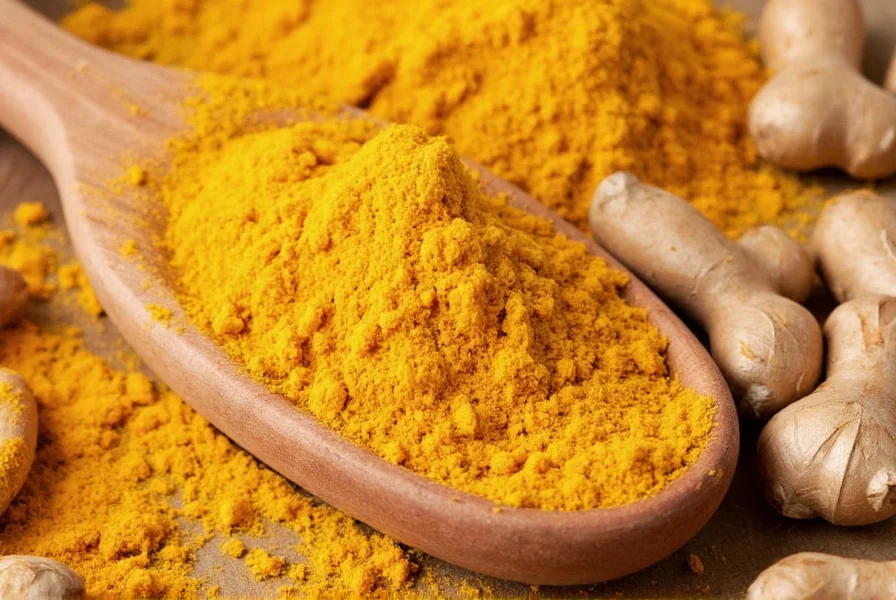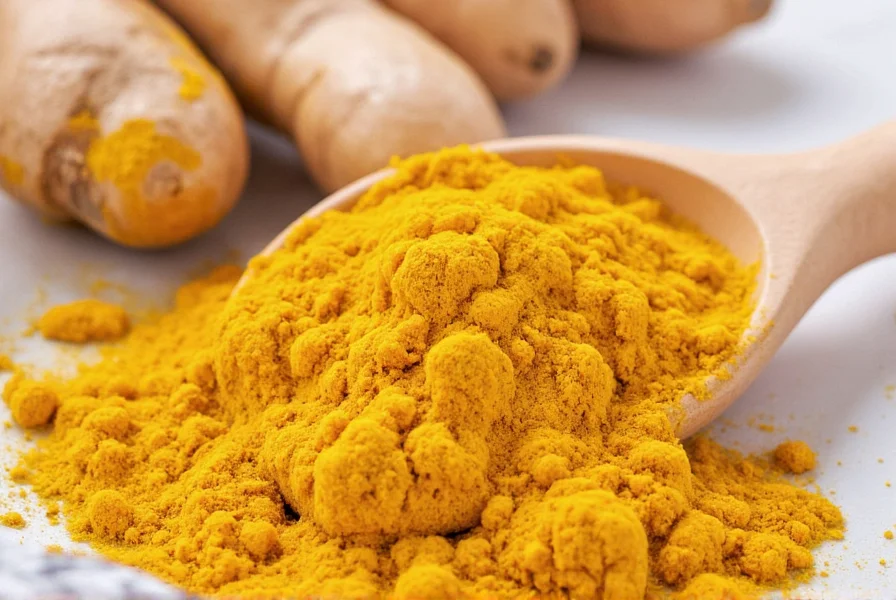For centuries, ginger and turmeric have been staples in traditional medicine systems across Asia. Modern science is now validating many of these ancient uses while uncovering new potential health applications. These golden-hued spices aren't just flavor enhancers—they represent nature's pharmacy with compounds that interact with multiple biological pathways in the human body.
The Science Behind Ginger's Health Benefits
Ginger (Zingiber officinale) contains bioactive compounds called gingerols that give it potent medicinal properties. Unlike many herbal remedies, ginger's benefits are supported by substantial clinical research.
Digestive Health and Nausea Relief
One of ginger's most well-documented benefits is its ability to reduce nausea and vomiting. Multiple studies confirm its effectiveness for:
- Morning sickness during pregnancy (typically 1-1.5g daily)
- Post-operative nausea
- Chemotherapy-induced nausea
- Motion sickness
A 2020 meta-analysis published in Nutrients found ginger significantly reduced nausea severity compared to placebo. For digestive issues, ginger accelerates gastric emptying, which explains why many cultures consume ginger tea after meals.
Inflammation and Pain Management
Ginger demonstrates anti-inflammatory effects comparable to some non-steroidal anti-inflammatory drugs (NSAIDs) but without the gastrointestinal side effects. Research shows ginger supplementation (typically 2g daily) can reduce:
| Condition | Reduction in Pain | Study Duration |
|---|---|---|
| Osteoarthritis | 30-40% improvement | 12 weeks |
| Menstrual pain | Comparable to ibuprofen | 3 days |
| Muscle soreness | 25% reduction | 11 days |
The mechanism involves gingerols inhibiting inflammatory pathways like COX-2 and reducing prostaglandin synthesis. For those exploring natural anti-inflammatory foods for arthritis, ginger represents a promising dietary addition.

Turmeric: More Than Just a Yellow Spice
Turmeric (Curcuma longa) contains curcumin, a polyphenol responsible for most of its health benefits. However, curcumin has low bioavailability on its own—this explains why traditional preparations often combine turmeric with black pepper.
Curcumin's Anti-Inflammatory Power
Curcumin works at the molecular level, inhibiting multiple inflammatory enzymes and cytokines. A landmark 2017 review in Food Science & Nutrition concluded that curcumin's anti-inflammatory effects rival some pharmaceutical agents. Unlike drugs that typically target single pathways, curcumin modulates numerous molecular targets simultaneously.
For individuals researching how much turmeric should I take daily for inflammation, research suggests:
- 500-2,000mg of curcumin daily
- Always paired with 5-20mg piperine (from black pepper)
- With fat-containing meals to enhance absorption
Joint Health and Arthritis Management
Multiple clinical trials demonstrate turmeric's effectiveness for managing osteoarthritis and rheumatoid arthritis symptoms. A 2016 study in the Journal of Medicinal Food found that 1,000mg of curcumin daily reduced pain and improved function as effectively as ibuprofen, but with fewer gastrointestinal complaints.
The anti-inflammatory properties help reduce joint swelling and stiffness. Many users report noticeable improvement within 4-8 weeks of consistent use. For those exploring does turmeric help with arthritis, the evidence suggests it can be a valuable complementary approach.
Synergistic Effects: Why Combine Ginger and Turmeric?
When combined, ginger and turmeric create a powerful anti-inflammatory duo through complementary mechanisms:
- Ginger targets COX-2 enzymes while turmeric affects NF-kB pathways
- Both reduce C-reactive protein (CRP), a key inflammation marker
- Turmeric enhances ginger's absorption in the gut
- Together they provide broader spectrum of action than either alone
This synergy explains why traditional Ayurvedic and Traditional Chinese Medicine formulas often combine these spices. Modern research on ginger turmeric combination benefits shows enhanced effects for conditions like metabolic syndrome and exercise-induced muscle damage.
Practical Applications and Safety Considerations
Understanding how to use ginger and turmeric effectively is crucial for maximizing benefits:
Optimal Consumption Methods
- Fresh forms: Grate 1-inch piece of each into smoothies or teas
- Culinary use: Add to stir-fries, soups, and salad dressings
- Golden milk: Turmeric + ginger + black pepper + coconut milk
- Supplements: Look for standardized extracts with piperine
Safety Profile and Potential Interactions
While generally safe, some should exercise caution with ginger turmeric side effects:
- High doses may cause heartburn or mouth irritation
- Ginger may interact with blood thinners (warfarin)
- Turmeric may interfere with iron absorption in susceptible individuals
- Those with gallstones should consult doctors before high-dose turmeric
- Pregnant women should limit ginger to culinary amounts

Evidence-Based Recommendations
Based on current research, here's how to incorporate these spices effectively:
- For general wellness: 1/2 teaspoon turmeric + 1/4 teaspoon ginger daily
- For inflammation management: 500-1,000mg curcumin + 250-500mg ginger extract
- Always consume turmeric with black pepper and healthy fats
- Fresh forms provide additional beneficial compounds beyond extracts
- Consistency matters—benefits build over weeks of regular use
Remember that while these spices offer impressive benefits, they work best as part of a comprehensive health approach including balanced nutrition, regular exercise, and adequate sleep. They're powerful dietary components but not magic cures for serious medical conditions.
Frequently Asked Questions
What's the best way to absorb turmeric?
Turmeric's active compound curcumin has poor bioavailability on its own. For optimal absorption, always consume turmeric with black pepper (which contains piperine) and a healthy fat source like coconut oil or avocado. Research shows this combination can increase curcumin absorption by up to 2,000%. Heating turmeric slightly (as in golden milk) also enhances bioavailability.
Can ginger and turmeric help with weight loss?
Some studies suggest ginger and turmeric may support weight management through multiple mechanisms. Ginger appears to increase thermogenesis and reduce hunger, while turmeric's anti-inflammatory properties may improve metabolic function. However, they're not magic weight loss solutions—these spices work best as part of a comprehensive approach including calorie control and exercise. Don't expect significant weight loss from these spices alone.
How long does it take to feel benefits from turmeric?
Most people notice subtle effects from regular turmeric consumption within 2-4 weeks, with more significant benefits appearing after 4-8 weeks of consistent use. The timeline varies based on individual factors like metabolism, health status, and dosage. For inflammation-related conditions, some report reduced joint stiffness within 1-2 weeks. Remember that turmeric works cumulatively, so daily consistent intake matters more than occasional high doses.
Are there any medication interactions with ginger?
Yes, ginger may interact with certain medications, particularly blood thinners like warfarin, as it has mild anticoagulant properties. It might also enhance the effects of diabetes medications, potentially causing blood sugar to drop too low. If you take medications for high blood pressure, consult your doctor before consuming large amounts of ginger. Most culinary uses are safe, but high-dose supplements require medical consultation if you're on medication.











 浙公网安备
33010002000092号
浙公网安备
33010002000092号 浙B2-20120091-4
浙B2-20120091-4